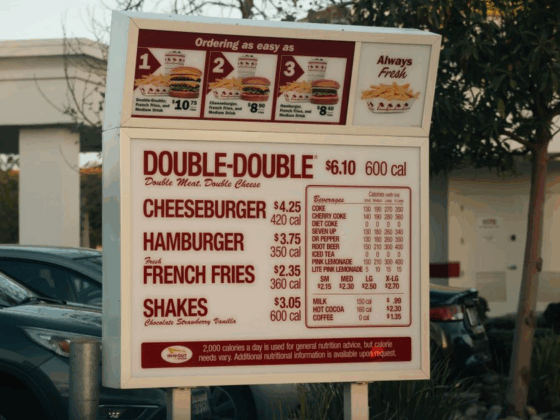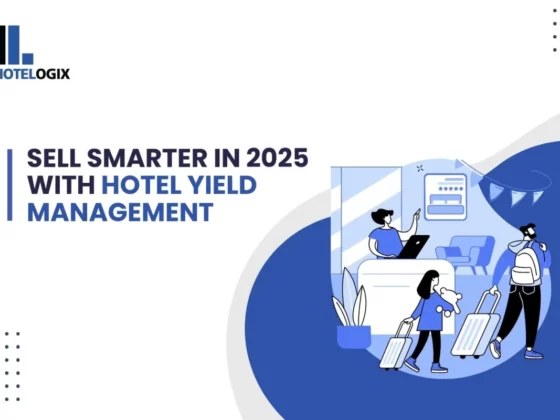CBRE forecasts that revenue per available room (RevPAR) will grow modestly in 2025, driven by the continued outperformance of urban locations benefiting from increased group and business travel, as well as a projected rise in demand for drive-to and regional leisure destinations.
CBRE forecasts a 1.3% increase in RevPAR for 2025, with occupancy and average daily rate (ADR) rising by 14 basis-points (bps) and 1.2% year-over-year, respectively. This represents slightly softer growth than had been anticipated in CBRE’s February forecast, which projected 2.0% RevPAR growth, based on a 21-bp boost in occupancy rates and a 1.6% increase in ADR.
CBRE’s forecast is predicated on an expected 1.4% increase in GDP growth this year (down from 2.4% annual growth as of the February forecast) and a 2.9% average inflation rate for 2025 (40 bps higher than anticipated in February). While the economy is expected to grow more slowly, growth will be strong enough to support the lodging industry’s performance.
Economic and geopolitical uncertainties aside, several factors will drive RevPAR growth in 2025. These include an uptick in group and business travel, along with a weaker U.S. dollar and lower airfares, which may encourage domestic travelers to stay closer to home while boosting inbound international visitation to the U.S. These trends are expected to particularly benefit urban hotels, regional resorts and drive-to destinations. Rachael Rothman, CBRE’s Head of Hotel Research & Data Analytics
Looking ahead, CBRE projects RevPAR growth in the range of 1.0% to 3.0% over the next few years. Several events, including the 2026 FIFA World Cup, the United States’ 250th anniversary in 2026 and the 2028 Summer Olympics will help drive demand, as will the opening of a theme park in Orlando and other new attractions. These developments, coupled with the enduring appeal of national parks, gateway cities and domestic leisure destinations, are expected to sustain growth momentum, barring an unforeseen economic downturn.
While the economy – and thus hotel demand – is expected to grow more slowly in the near term, supply growth is also likely to decelerate due to increased construction costs, higher financing costs and a tight labor market. This will enhance pricing leverage for hotel operators over the long-term and benefit existing assets by increasing replacement costs. Michael Nhu, Senior Economist and CBRE’s Head of Global Hotels Forecasting
CBRE expects supply growth to average 0.8% annually over the next four years, which is half of the industry’s historical average. A drop in demand or sharper-than-expected spike in construction costs could cause supply growth to decelerate further.
CBRE has included 11 new leisure-oriented markets in its latest forecast, including Boulder and Colorado ski markets, California wine country, the Florida Panhandle, and Utah national parks. These additions reflect recent shifts in travel trends and provide insights into emerging opportunities.
The May 2025 edition of Hotel Horizons for the U.S. lodging industry, 65 major markets, the six hotel chain scales and six location types can be purchased by visiting: https://pip.cbrehotels.com/hotelhorizons. CBRE’s baseline forecasts do not contemplate an international war or a pervasive recession. CBRE also produces forecasts based on upside and downside scenarios.
About CBRE Group, Inc.
CBRE Group, Inc. (NYSE:CBRE), a Fortune 500 and S&P 500 company headquartered in Dallas, is the world’s largest commercial real estate services and investment firm (based on 2023 revenue). The company has more than 130,000 employees (including Turner & Townsend employees) serving clients in more than 100 countries. CBRE serves a diverse range of clients with an integrated suite of services, including facilities, transaction and project management; property management; investment management; appraisal and valuation; property leasing; strategic consulting; property sales; mortgage services and development services. Please visit our website at www.cbre.com.








